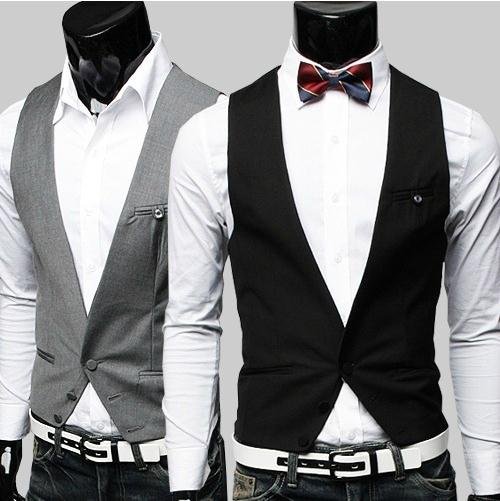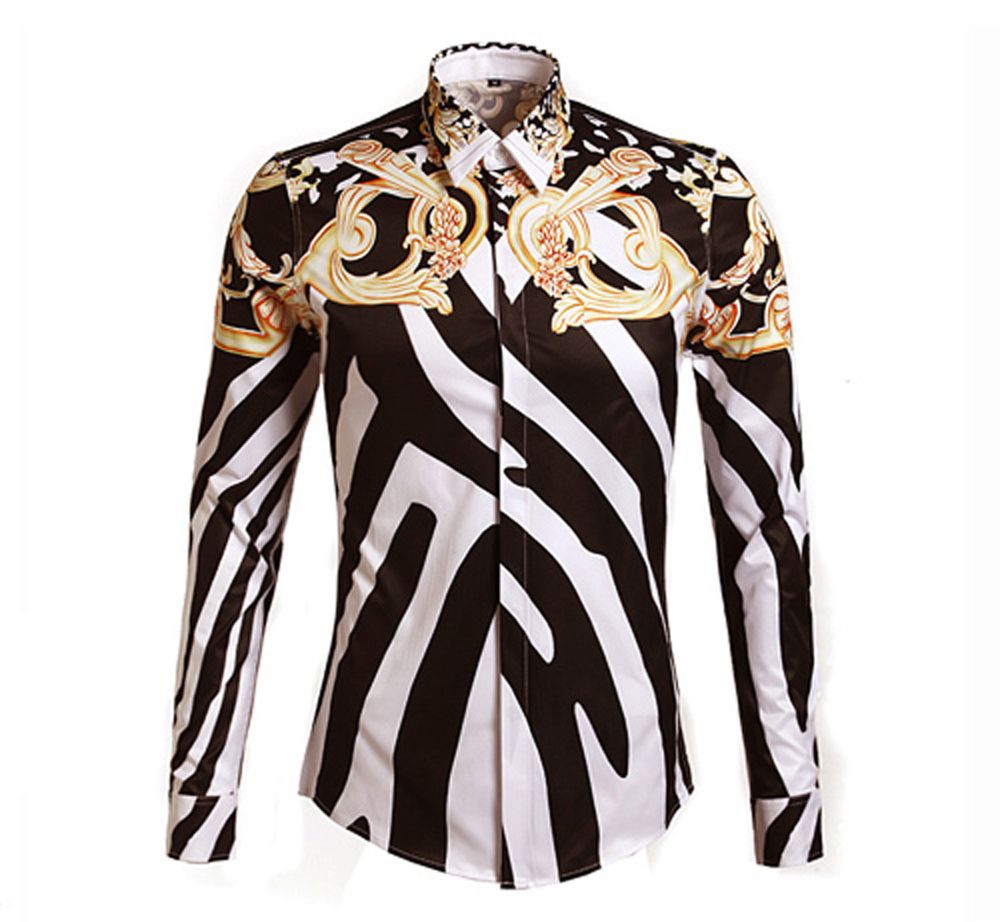Men Fashion Clothing Biography
Source:- Google.com.pkEarly Western travelers, whether to Persia, Turkey, India, or China, would frequently remark on the absence of change in fashion there. Observers from these other cultures commented on the unseemly pace of Western fashion, which many felt suggested an instability and a lack of order in Western culture[citation needed]. The Japanese Shogun's secretary boasted (not completely accurately) to a Spanish visitor in 1609 that Japanese clothing had not changed in over a thousand years.However, there is considerable evidence in Ming China of rapidly changing fashions in Chinese clothing. Changes in costume often took place at times of economic or social change, as occurred in ancient Rome and the medieval Caliphate, followed by a long period without major changes. In 8th-century Moorish Spain the musician Ziryab introduced to Córdob[unreliable source] sophisticated clothing-styles based on seasonal and daily fashions from his native Baghdad, modified by his own inspiration. Similar changes in fashion occurred in the 11th century in the Middle East following the arrival of the Turks, who introduced clothing styles from Central Asia and the Far East.
The beginning in Europe of continual and increasingly rapid change in clothing styles can be fairly reliably dated. Historians, including James Laver and Fernand Braudel, date the start of Western fashion in clothing to the middle of the 14th century.The most dramatic early change in fashion was a sudden drastic shortening and tightening of the male over-garment from calf-length to barely covering the buttocks, sometimes accompanied with stuffing in the chest to make it look bigger. This created the distinctive Western outline of a tailored top worn over leggings or trousers.
The pace of change accelerated considerably in the following century, and women and men's fashion, especially in the dressing and adorning of the hair, became equally complex. Art historians are therefore able to use fashion with confidence and precision to date images, often to within five years, particularly in the case of images from the 15th century. Initially, changes in fashion led to a fragmentation across the upper classes of Europe of what had previously been a very similar style of dressing and the subsequent development of distinctive national styles. These national styles remained very different until a counter-movement in the 17th to 18th centuries imposed similar styles once again, mostly originating from Ancien Régime France.Though the rich usually led fashion, the increasing affluence of early modern Europe led to the bourgeoisie and even peasants following trends at a distance, but still uncomfortably close for the elites – a factor that Fernand Braudel regards as one of the main motors of changing fashion.
In the 16th century national differences were at their most pronounced. Ten 16th century portraits of German or Italian gentlemen may show ten entirely different hats. Albrecht Dürer illustrated the differences in his actual (or composite) contrast of Nuremberg and Venetian fashions at the close of the 15th century (illustration, right). The "Spanish style" of the late 16th century began the move back to synchronicity among upper-class Europeans, and after a struggle in the mid-17th century, French styles decisively took over leadership, a process completed in the 18th century.
Though textile colors and patterns changed from year to year, the cut of a gentleman's coat and the length of his waistcoat, or the pattern to which a lady's dress was cut, changed more slowly. Men's fashions were largely derived from military models, and changes in a European male Silhouette were galvanized in theaters of European war where gentleman officers had opportunities to make notes of foreign styles such as the "Steinkirk" cravat or necktie.
Within the fashion industry, intellectual property is not enforced as it is within the film industry and music industry. Robert Glariston, an intellectual property expert mentioned in a fashion seminar held in LA[which?] that "Copyright law regarding clothing is a current hot-button issue in the industry. We often have to draw the line between designers being inspired by a design and those outright stealing it in different places."[citation needed] To take inspiration from others' designs contributes to the fashion industry's ability to establish clothing trends. For the past few years, WGSN has been a dominant source of fashion news and forecasts in encouraging fashion brands worldwide to be inspired by one another. Enticing consumers to buy clothing by establishing new trends is, some have argued, a key component of the industry's success. Intellectual property rules that interfere with this process of trend-making would, in this view, be counter-productive. On the other hand, it is often argued that the blatant theft of new ideas, unique designs, and design details by larger companies is what often contributes to the failure of many smaller or independent design companies.
Since fakes are distinguishable by their poorer quality, there is still a demand for luxury goods, and as only a trademark or logo can be copyrighted, many fashion brands make this one of the most visible aspects of the garment or accessory. In handbags, especially, the designer's brand may be woven into the fabric (or the lining fabric) from which the bag is made, making the brand an intrinsic element of the bag.
In 2005, the World Intellectual Property Organization (WIPO) held a conference calling for stricter intellectual property enforcement within the fashion industry to better protect small and medium businesses and promote competitiveness within the textile and clothing industries.
Men Fashion Clothing Mens Fashion 2014 Boots Suits Winter Magazine Tumblr Shoes Shirts Photos Pics
Men Fashion Clothing Mens Fashion 2014 Boots Suits Winter Magazine Tumblr Shoes Shirts Photos Pics
Men Fashion Clothing Mens Fashion 2014 Boots Suits Winter Magazine Tumblr Shoes Shirts Photos Pics
Men Fashion Clothing Mens Fashion 2014 Boots Suits Winter Magazine Tumblr Shoes Shirts Photos Pics
Men Fashion Clothing Mens Fashion 2014 Boots Suits Winter Magazine Tumblr Shoes Shirts Photos Pics
Men Fashion Clothing Mens Fashion 2014 Boots Suits Winter Magazine Tumblr Shoes Shirts Photos Pics
Men Fashion Clothing Mens Fashion 2014 Boots Suits Winter Magazine Tumblr Shoes Shirts Photos Pics
Men Fashion Clothing Mens Fashion 2014 Boots Suits Winter Magazine Tumblr Shoes Shirts Photos Pics
Men Fashion Clothing Mens Fashion 2014 Boots Suits Winter Magazine Tumblr Shoes Shirts Photos Pics
Men Fashion Clothing Mens Fashion 2014 Boots Suits Winter Magazine Tumblr Shoes Shirts Photos Pics
Men Fashion Clothing Mens Fashion 2014 Boots Suits Winter Magazine Tumblr Shoes Shirts Photos Pics










No comments:
Post a Comment